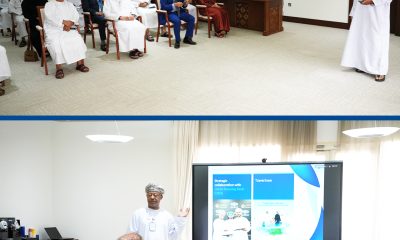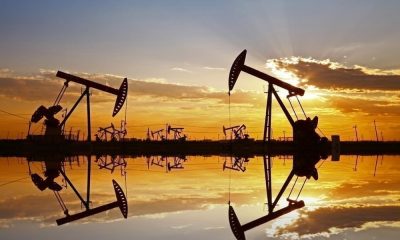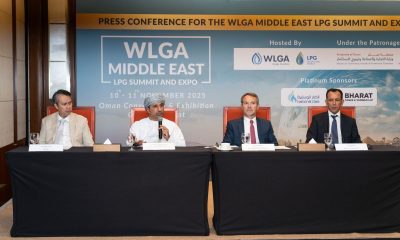Economy
Producer Price Index Up By 36.6% Over 3rd Quarter In 2022

The Producer Price Index for the third quarter of 2022, posted an increase of 36.6 per cent, compared to the corresponding period in 2021.
The Producer Price Index (PPI) is a price index that measures the average changes in prices received by domestic producers for their output. Its importance is being undermined by the steady decline in manufactured goods as a share of spending.
The quarterly survey, issued by the National Centre for Statistics and Information (NCSI), shows that oil and gas prices took the lead by scoring a 44.1 per cent hike, while non-oil products increased by 2.9 per cent.
The rise in prices of oil and gas products was due to a 48 per cent growth in crude oil and natural gas, coupled with a 21.8 per cent surge in prices of refined oil products. The rise in the prices of non-oil products was due to a 3.1 per cent growth in prices of the converting industries’ group. Prices of mining, electricity and water increased by 2.3 per cent.
In the converting industries group, the prices of most of the sub-groups grew to different degrees: 11.7 per cent in prices of foodstuff, beverages, and textile products; 1 per cent in products of metal, machinery and equipment; and 0.8 per cent in prices of other transportable commodities products.
In the foodstuff and textile product group, the prices of fish products, fruits, vegetables and oils surged by 22.9 per cent, the prices of fabrics and textile products grew by 21.4 per cent, the prices of dairy products went up by 10.1 per cent, the prices of beverages by 7 per cent, the prices of bakery products and other foodstuff rose by 4.3 per cent and prices of shoes by 1.6 per cent.
In the group of metal products, machinery and equipment, the prices of products made of iron, steel or aluminium increased by 22.2 per cent, the prices of empty compressed cylinders rose by 6.3 per cent and the products of power transformers, electricity distribution devices and cables increased by 4 per cent.
In the meantime, the prices of water heaters went down by 3.8 per cent, while the prices of ore and iron, steel/ aluminium products dropped by 9 per cent.
In the group of other moveable goods, the prices of dyes and pharmaceutical products grew by 6.6 per cent, while rubber and plastic products increased by 3.8 per cent, re-melted iron waste products rose by 2.3 per cent and the prices of chemical products by 1.7 per cent, while the prices of glass, cement and marble products went down by 4.3 per cent.
Producer price data are collected on a quarterly basis for a selected sample from various governorates of Oman. These covered three production sectors: the converting industries sector, the mining and quarrying sector and the electricity and water sector.
-

 Alamaliktistaad Magazines2 months ago
Alamaliktistaad Magazines2 months agoAlam Al Iktisaad – September 2025 Edition
-

 Magazines2 months ago
Magazines2 months agoOER – September 2025 Issue
-

 News2 months ago
News2 months agoKitchenomiKs Secures Investment of US$3.2M Led by Jasoor Ventures
-

 News2 months ago
News2 months agoCent Capital, AI Finance App by ex-AWS Strategist ‘The Beast of Bay Area,’ Launches to End Financial Anxiety, Hits $1M AUM
-

 News2 months ago
News2 months agoOman Inaugurates ‘Hadatha’ – Its All-New Cybersecurity Center
-

 Banking & Finance2 months ago
Banking & Finance2 months agoOman Arab Bank Highlights Its Ongoing Strategic Initiatives and Future Plans
-

 News2 months ago
News2 months agoIEA Expects Global Oil Market to Remain Oversupplied in 2026
-

 Energy2 months ago
Energy2 months agoWLGA Middle East LPG Summit & Expo 2025 to be held at OCEC on November 10 and 11






























